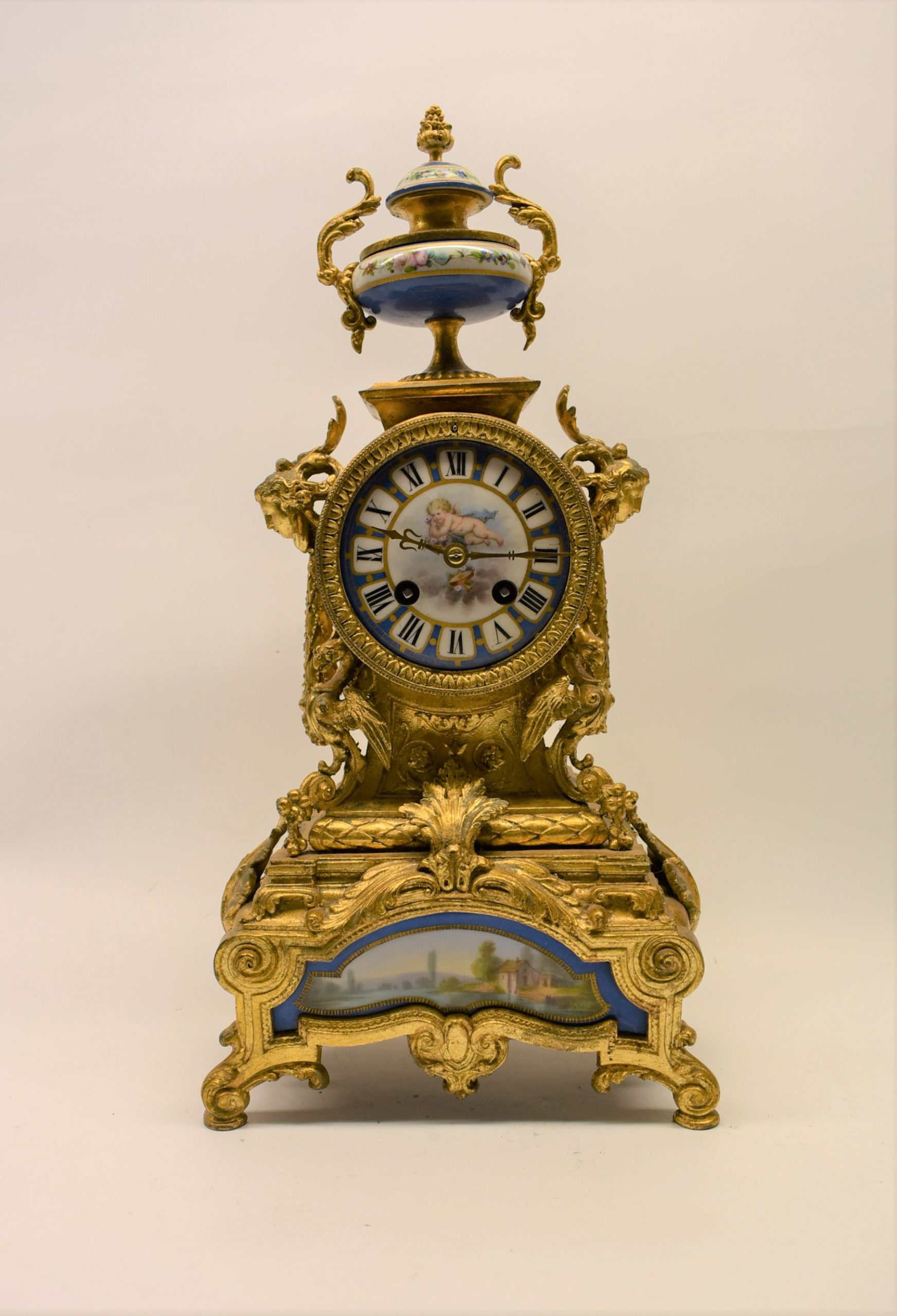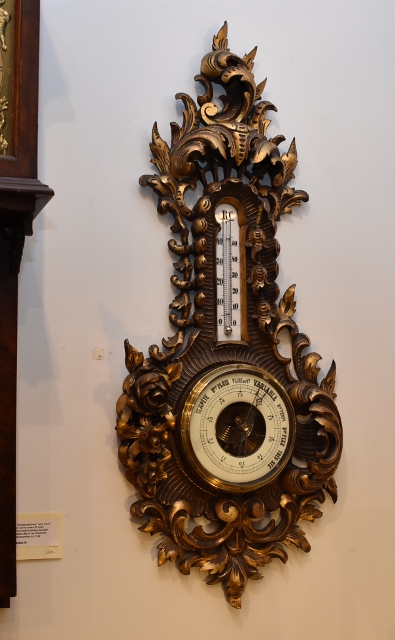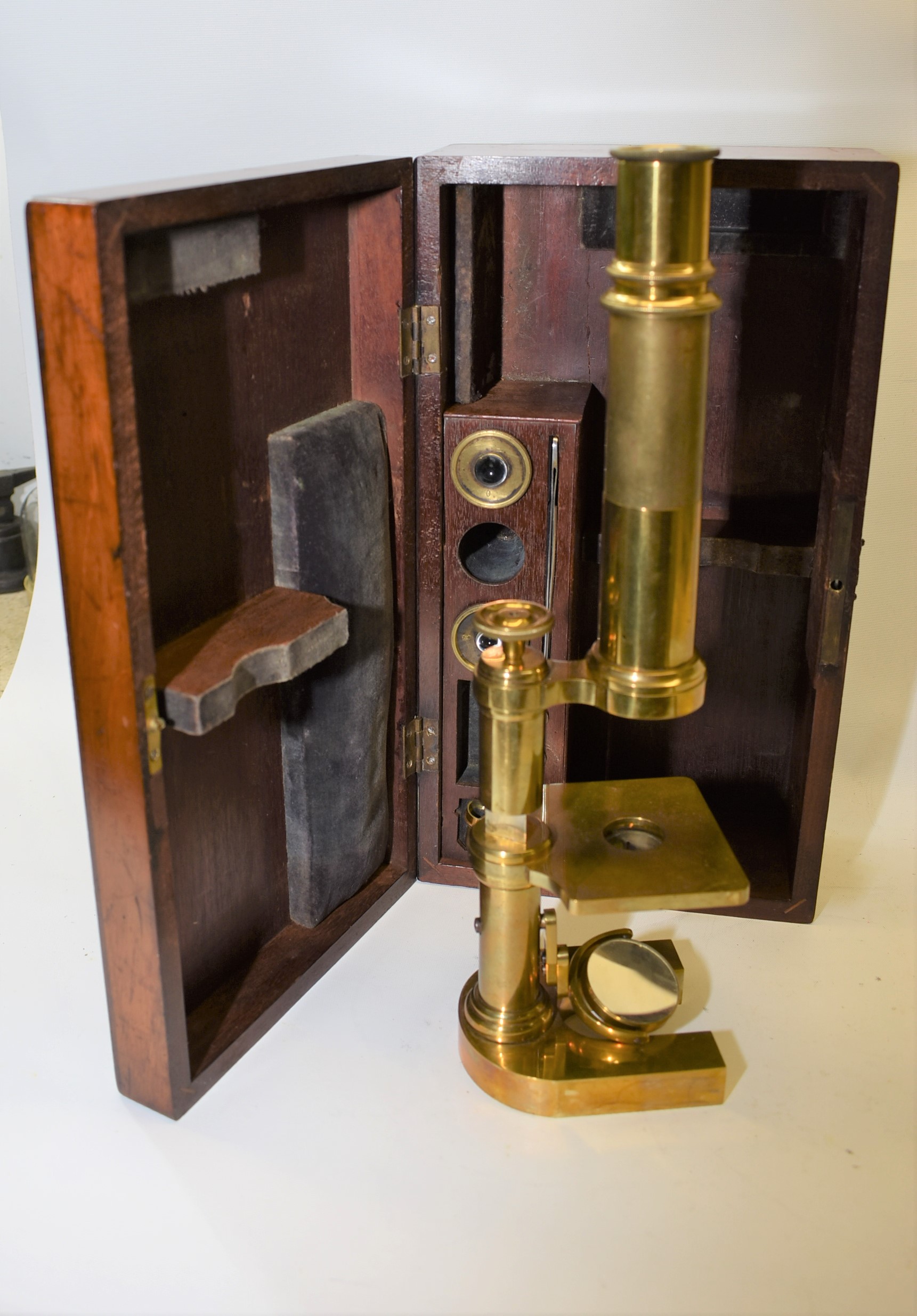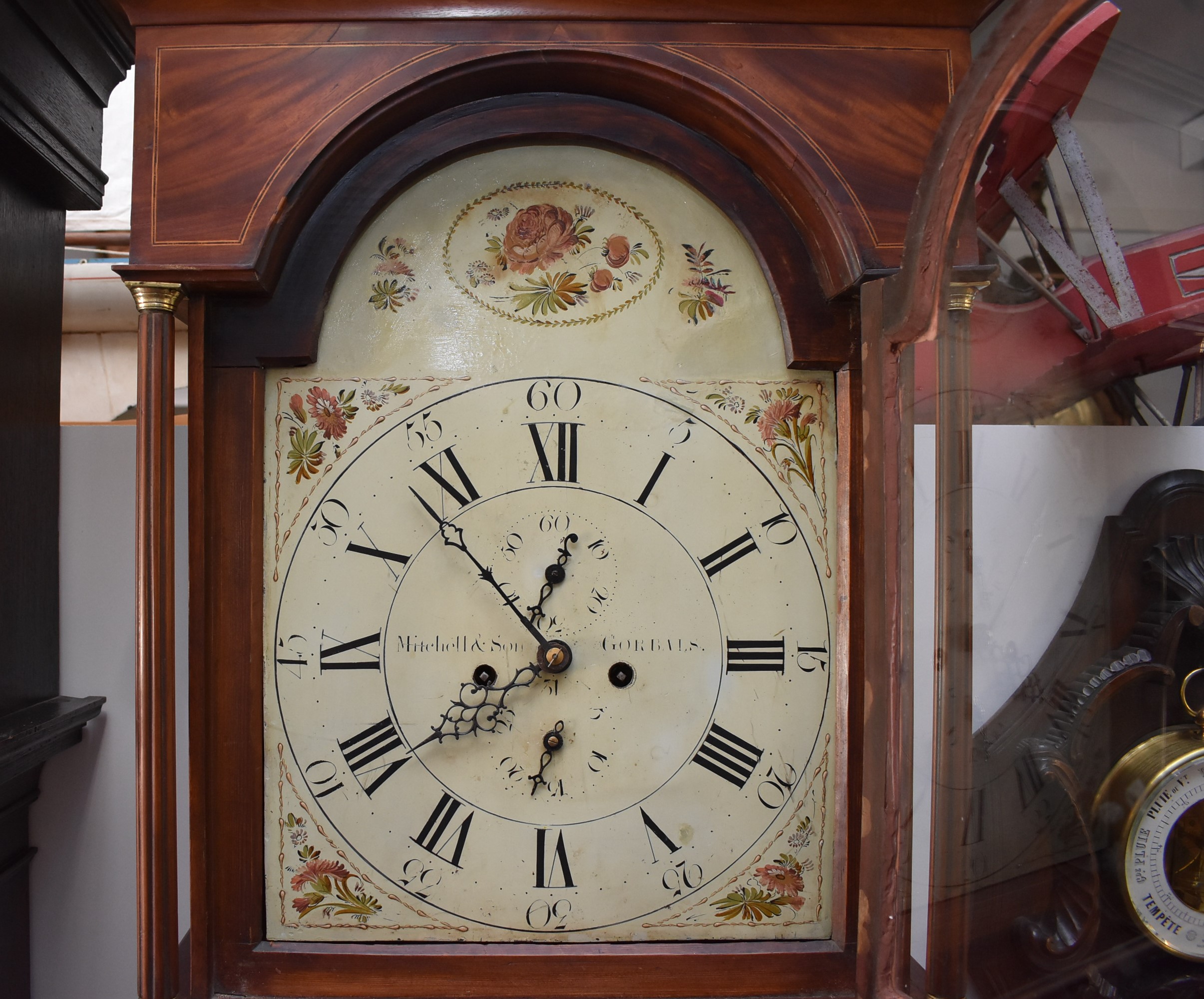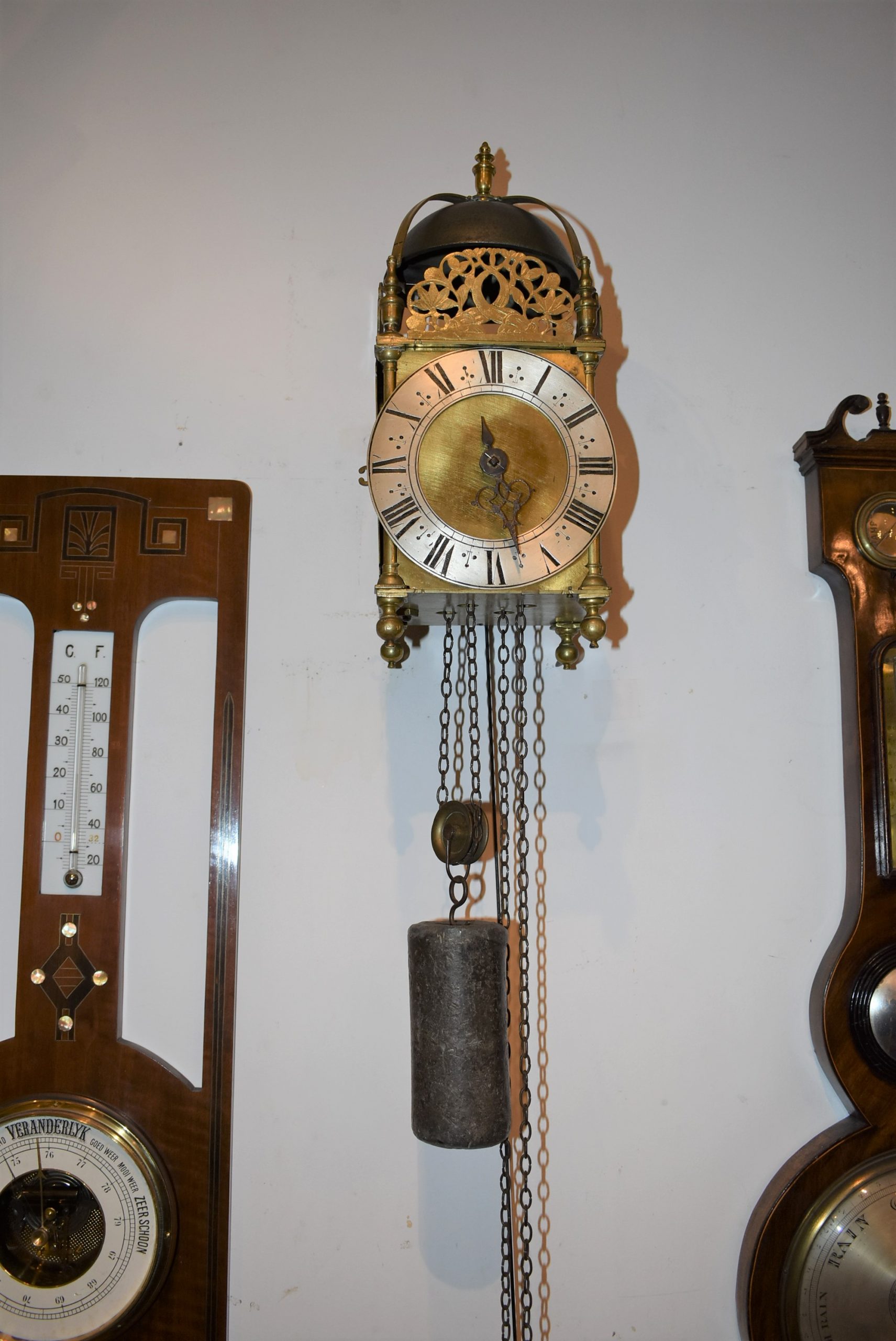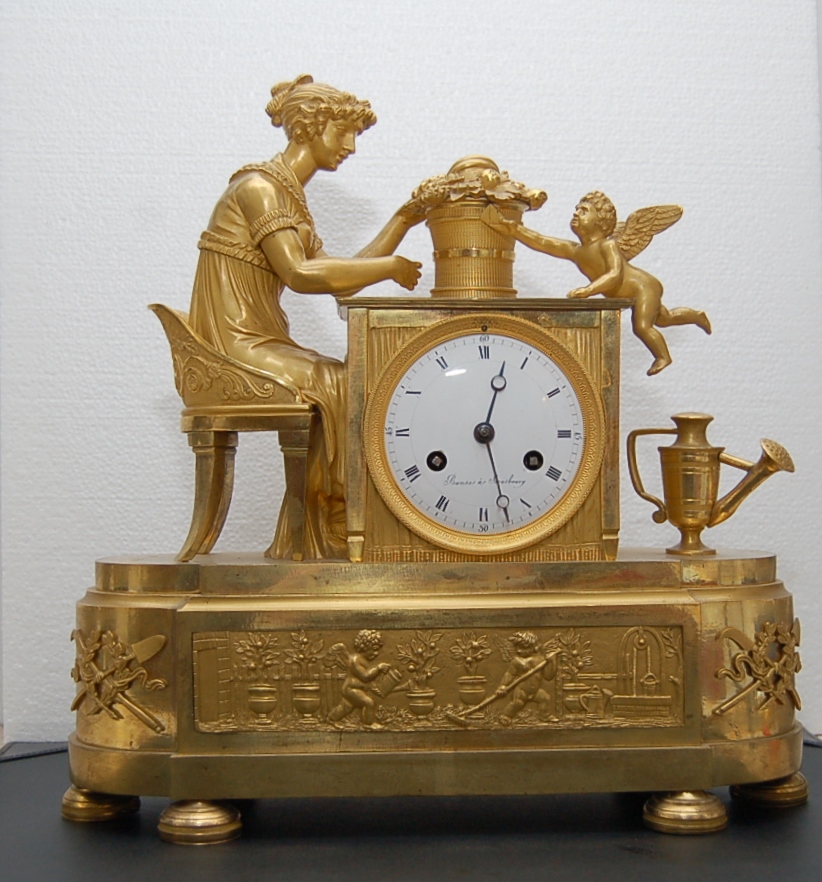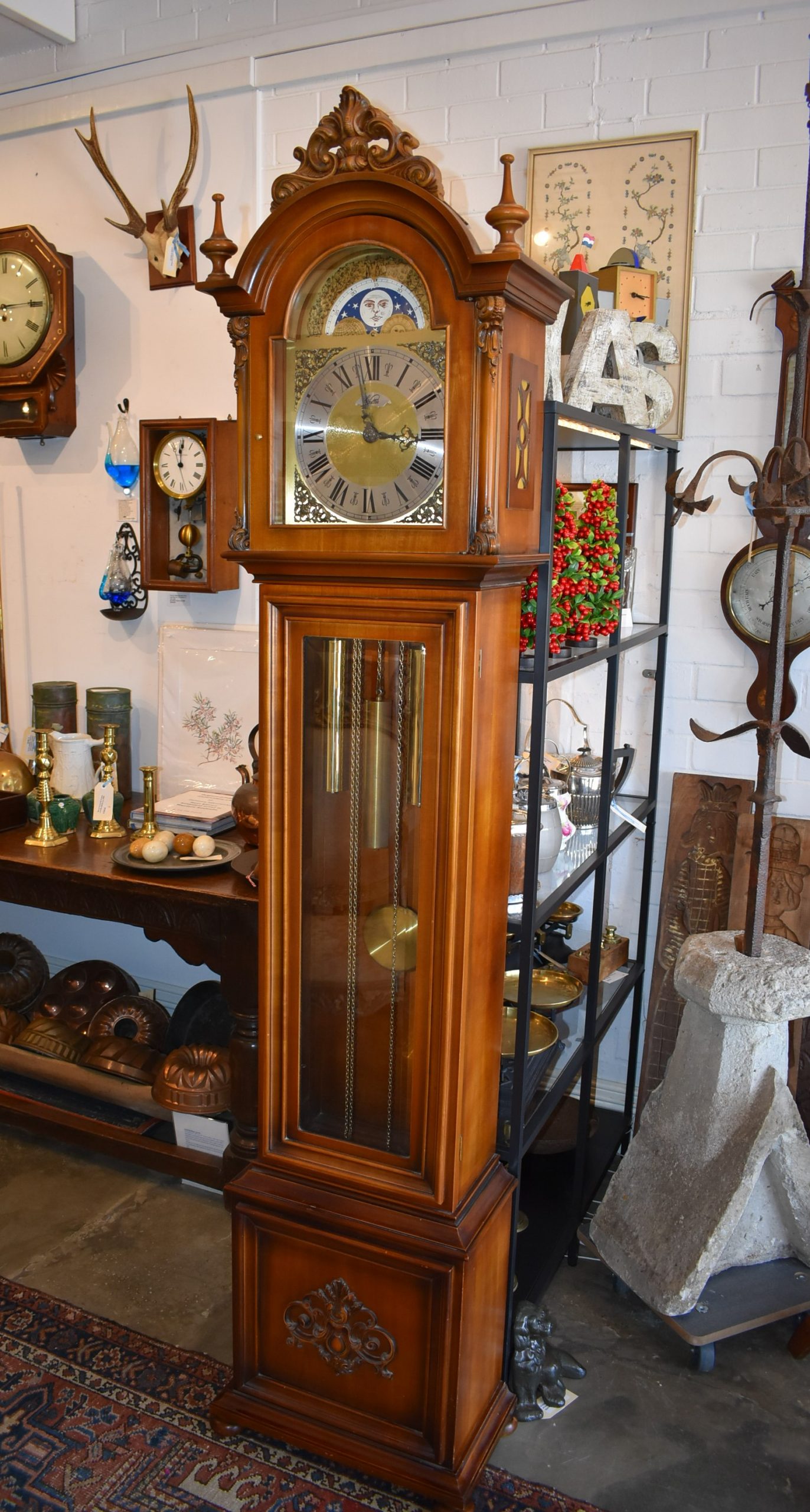Antique scientific instruments a window into the past
Antique scientific instruments a window into the past
When planning to decorate your home the idea of using antique scientific instruments as decorative objects might seem a bit peculiar, and while it is a unique choice, that doesn’t mean that it’s not the right choice. When decorating a home there are a few basic rules that should be followed. Once you understand these rules, then the idea of using antique scientific instruments, such as clocks and barometers, probably won’t seem as strange to you.
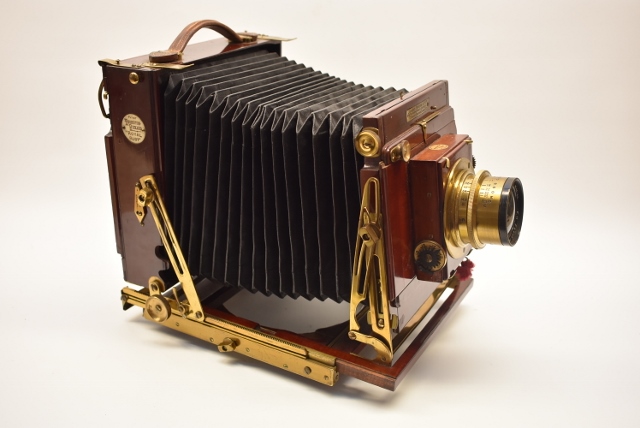
What should be your goals when decorating a home? First, the home should be unique. Second, it should reflect the personality of the homeowner. Third, it should have a style that will allow it to remain appealing for years to come. This is why using antiques when decorating, be it furniture or other accessories, is such an appealing option. They allow you to accomplish everything you should want to as an interior designer, making them a great choice for just about any home.
Another important thing to keep in mind about antique scientific instruments is how visually appealing they are. Antique microscopes, barometers, and other scientific instruments are as much a work of art as they are a scientific instrument. They were crafted with care and weren’t made with plastic or other cheaper materials. They are often made of brass or some other type of metal, giving them a timeless appearance that will fit the décor of most homes.

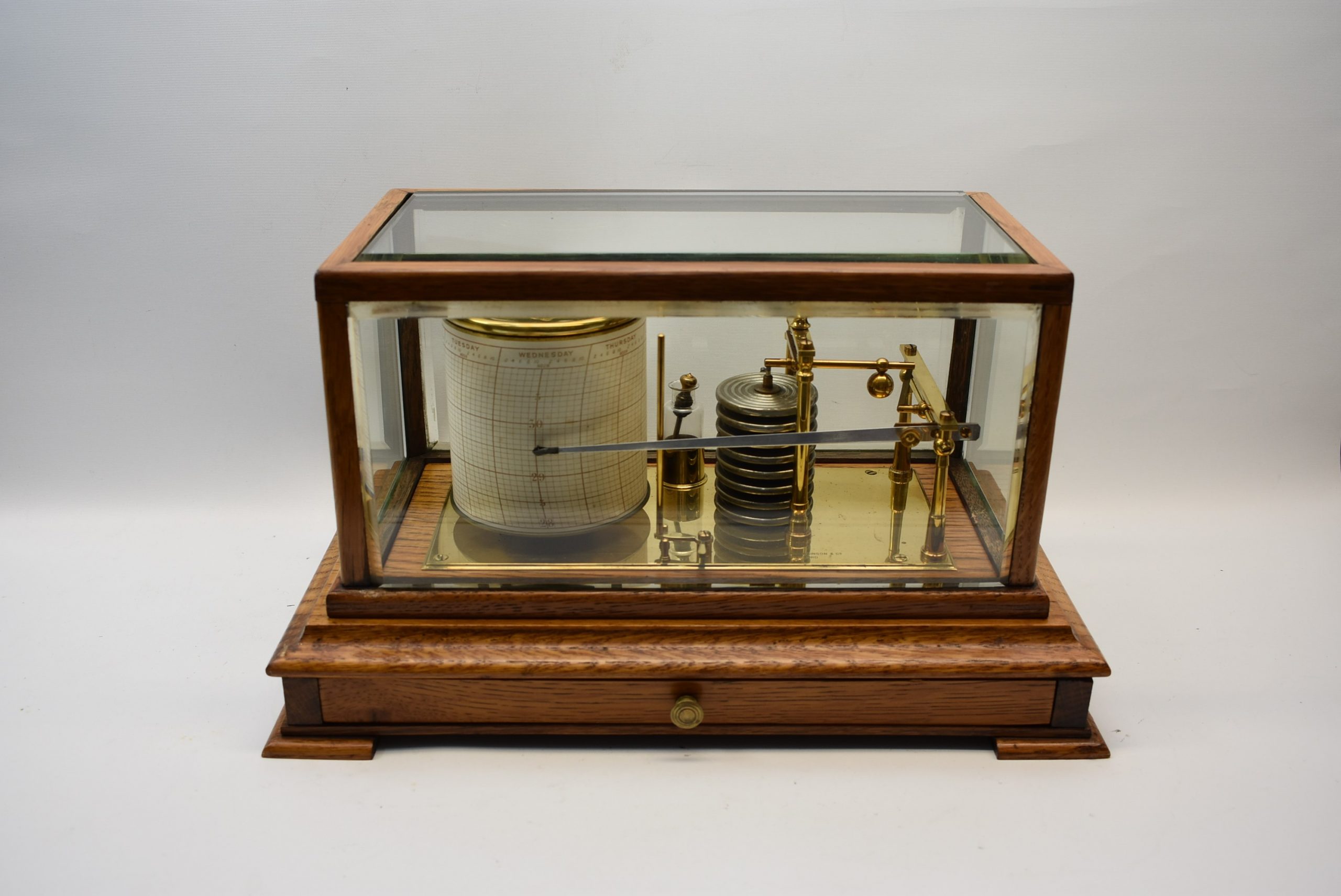
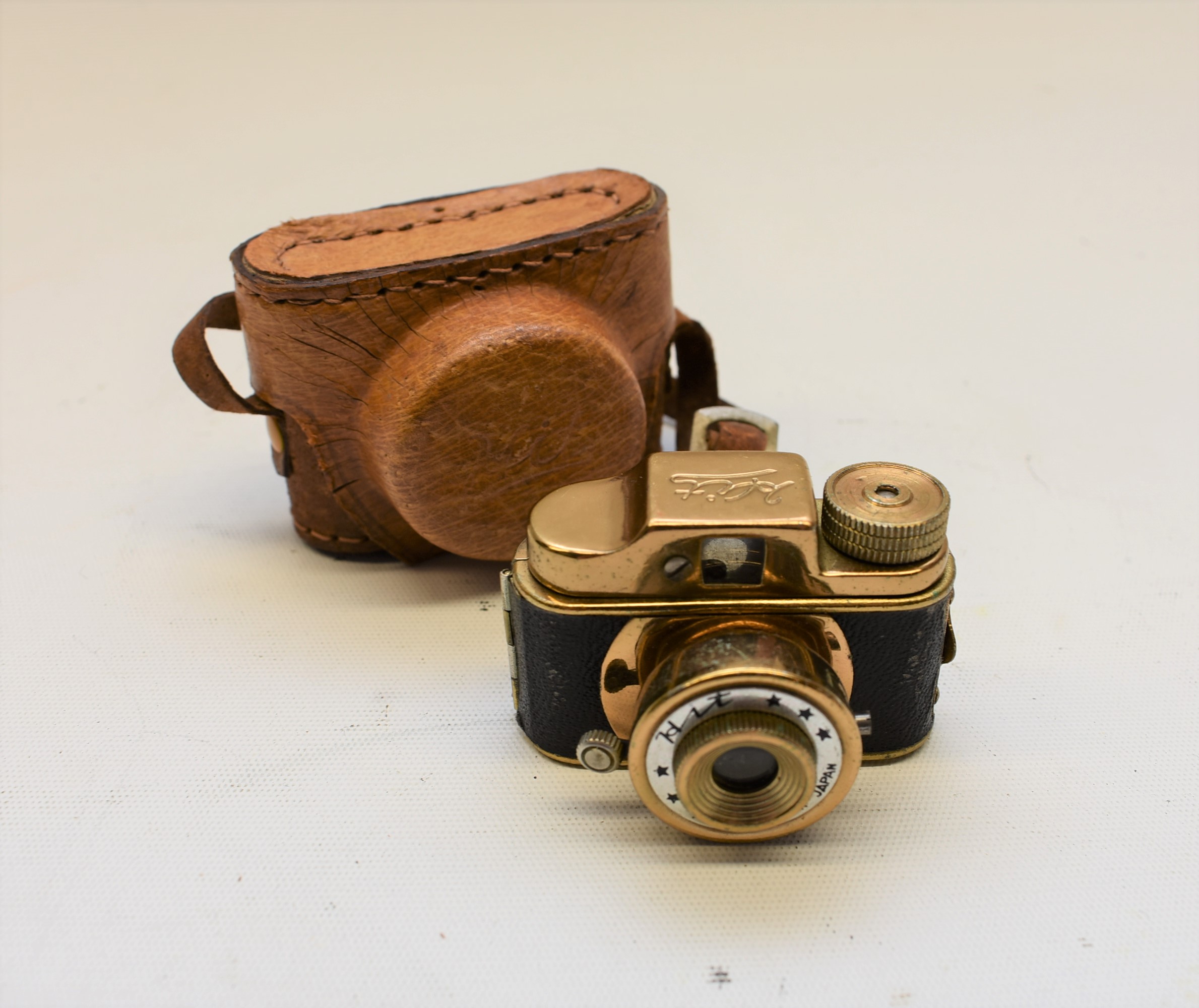
When you use antique scientific instruments to decorate your home you are showing anyone that visits it that you think outside of the box and have a curious mind. You aren’t someone that is going to fill your home with meaningless trinkets and clutter, you put time and effort into thinking about what you want in your home, and what you want it to say about you. It shows that you understand the past, and how that past has played an important role in elevating our society to where it is today.
From important surgeries that saved people or even celebrities to challenging conditions on land or sea. From barbaric way of operating people a century ago to the modern techniques this was eventually leading to. And even though every piece has a story to tell, there are many blanks which are not known. And so every piece of scientific instruments has a story to tell, and which makes them both so intriguing and mysterious.
While antique scientific instruments should impress your guests, don’t underestimate the impact they can have on you as well. Surrounding yourself with things of beauty and mystery should help to inspire you and lift your spirits on days when you may not feel quite as optimistic about life. Your home should be a place where you feel welcome, and most of all it should be warm and comforting to you, so surrounding yourself with beautiful things makes perfect sense. Antique scientific instruments give you a glimpse, a window into the past that should inspire a sense of wonder in yourself, and anyone else that sees them.


